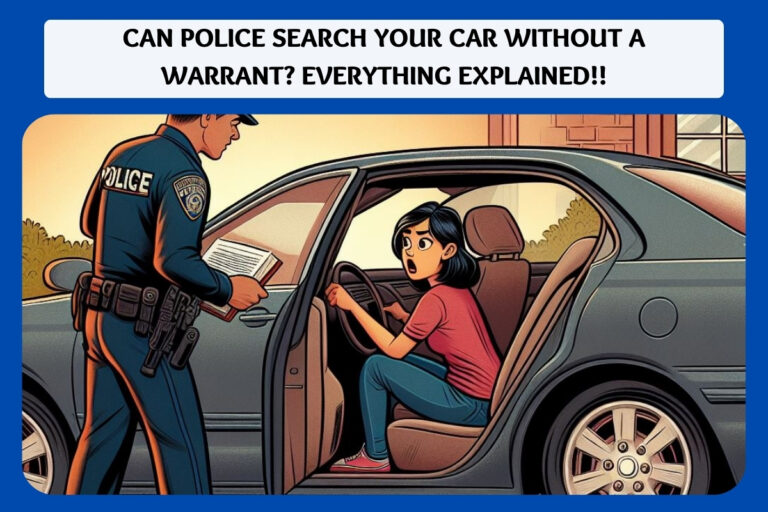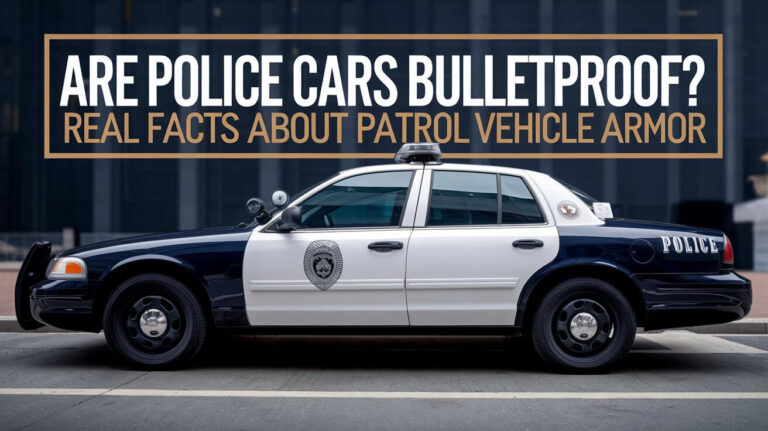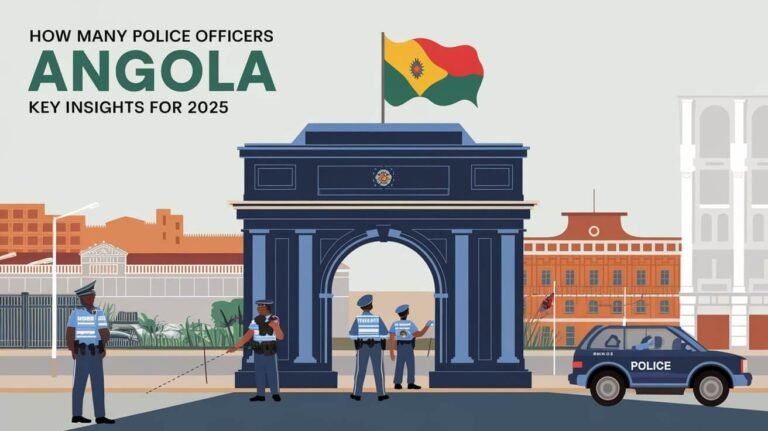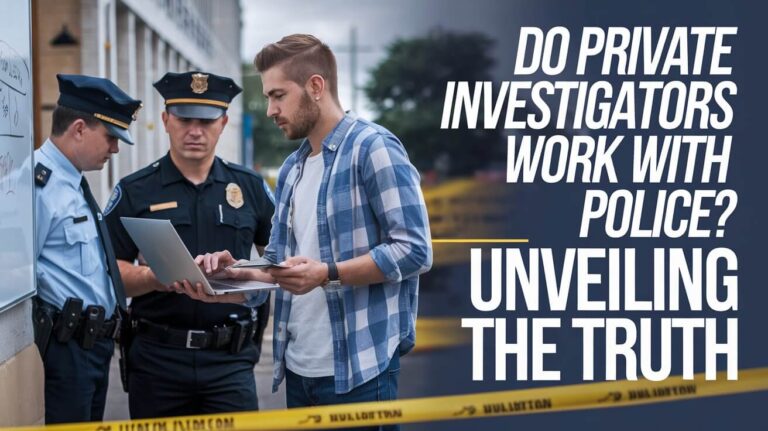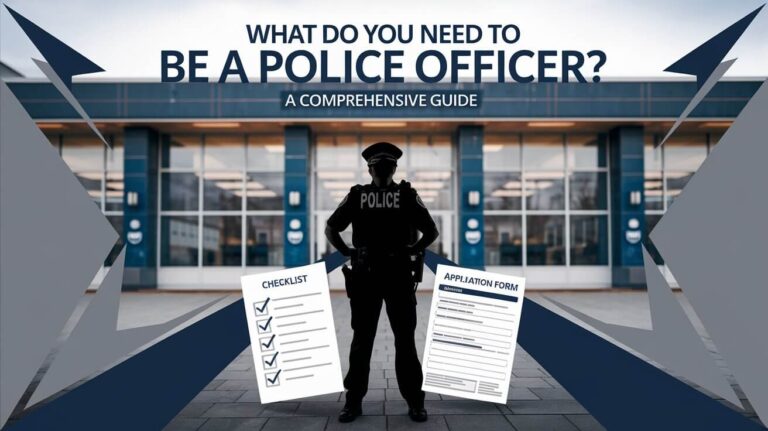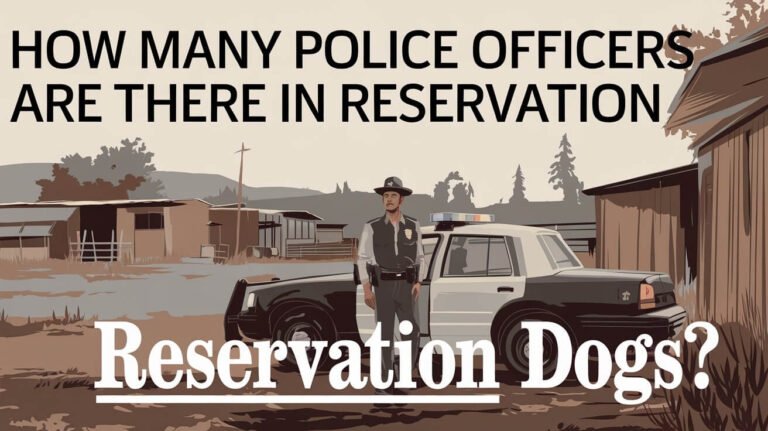Can The Police Beat You: Your Rights and Legal Protections
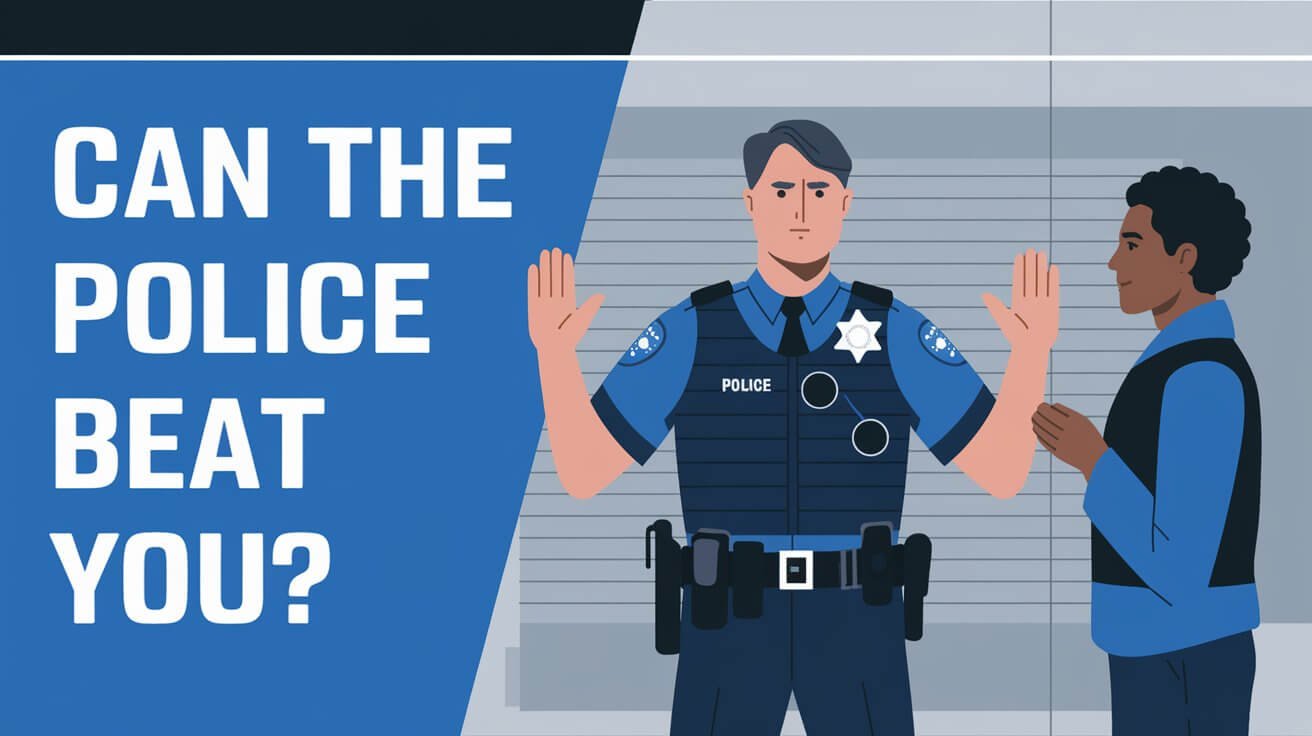
Police brutality and excessive force are big issues in the U.S. The Fourth Amendment protects people from unfair searches and seizures. It’s important to know when police can use force and when they can’t.
Recently, there have been many cases of police using too much force. For example, in 2010, the Los Angeles County Sheriff’s Department shot 15 unarmed people. This shows how important the Fourth Amendment is in stopping such incidents.
Police Use of Force: Legal Framework
The use of force by police is a complex issue. It is governed by laws that balance police rights with citizen rights. The Supreme Court says excessive force is when it’s not reasonable under the circumstances. Police should only use force when it’s necessary and in the right amount.
Police are trained to use the least amount of force needed. This can include using less-lethal weapons like pepper spray. They also learn physical takedowns and other techniques. But, the force used must always be reasonable and match the threat.
Constitutional Protections
The Constitution protects against too much force. The Fourth Amendment stops unreasonable searches and seizures. The Supreme Court has set rules for when force is okay. It must be reasonable and match the threat.
Defined Limits of Police Authority
Police have limits on when they can use force. They should only use force when it’s needed and in the right amount. The force used must be because they believe it’s necessary to protect themselves or others.
State-Specific Regulations
States also have their own rules for police force. For example, some states have laws about less-lethal weapons like pepper spray. Others require police to try de-escalation before using force.
Some key rules for police force include:
- Force must be reasonable and match the threat.
- Force must be because the officer believes it’s needed to protect themselves or others.
- Police should use the least amount of force needed to control a situation.
Can the Police Beat You: Legal Boundaries and Violations
Police officers must keep arrested people safe. It’s against the law for them to slap, beat, threaten, intimidate, or torture anyone in custody. There are limits on how much force officers can use in different situations.
Police brutality and excessive force are big concerns. This includes racial profiling, wrongful arrests, and taking away civil rights. The Fourth and Eighth Amendments protect people from being harmed or abused while in detention. There are penalties for officers who abuse their power.
Various federal laws, like the Civil Rights Act, help protect people from police misconduct. They aim to stop discrimination and abuse by law enforcement.
Some important points about police brutality and excessive force are:
- Law firms that specialize in civil rights cases handle cases against the police for excessive force.
- Victims need to collect evidence like photos, videos, police reports, medical records, and witness statements to prove excessive force.
- People who witness police using too much force should write down what happened. Include details like time, date, place, names, pictures, and videos for legal use later.
It’s key to know the legal limits on police actions to stop brutality and excessive force. By understanding your rights and the laws that protect you, you can fight back against police who break your civil rights.
Physical Contact During Police Encounters
When you talk to the police, knowing about physical contact is key. Officers should only use force when it’s really needed. They must use enough force to match the threat.
It’s important to know the difference between right and wrong force. This helps keep everyone safe and respects people’s rights. When force is used, it’s important to see if it was too much.
You have the right to defend yourself against the police. But, you must use this right wisely. Knowing when to use force and when not to is critical.
Things like how you act, the officer’s actions, and the crime’s seriousness matter. They help decide if the force used was okay.
Understanding Reasonable Force
What’s considered reasonable force depends on the situation. Officers must think about the danger to everyone involved. They also need to consider if someone might run away or if there’s an urgent need.
Deadly force is only okay if it’s to save yourself or someone else from serious harm. This is the last resort.
Documenting Physical Contact
It’s very important to write down any physical contact with the police. Note the time, date, where it happened, and what happened. If you can, take pictures or get statements from witnesses.
| Type of Encounter | Description |
|---|---|
| Consensual Encounter | No seizure, minimal contact |
| Investigatory Stop | Temporary detention based on reasonable suspicion |
| Arrest | Requires probable cause, individual taken into custody |
Rights During Police Detainment
When you’re detained by the police, knowing your rights is key. The police must keep you safe and well. You have the right to stay silent and to have an attorney.
Some important rights to remember include:
- The right to know why you’re being arrested
- The right to ask for a lawyer right away
- The right to say no to a search of you or your stuff
- The right to make one local call when arrested
It’s also important to know about searches and seizures. The Supreme Court’s Terry v. Ohio ruling set rules for “stop and frisk” searches. These require police to have good reasons to think you might be up to something wrong.
| Citizen Rights | Description |
|---|---|
| Right to Remain Silent | Citizens have the right to remain silent during police detainment and do not have to provide any information. |
| Right to an Attorney | Citizens have the right to request an attorney immediately during police detainment. |
| Right to Refuse Search | Citizens have the right to refuse permission for a search of their person or belongings during police detainment. |
Knowing your rights during police detainment is vital for your safety. If you or someone you know is arrested, it’s important to know your rights. Also, seek legal advice right away.
Body Cameras and Police Accountability
Body cameras are key in making police more accountable and keeping evidence safe. In the U.S., 47% of police forces use these cameras. Large departments use them even more, at 80%. They help keep officers safe, improve evidence quality, and lower complaints.
Studies show body cameras work well. In Miami-Dade, Florida, they cut down on police force by 19%. In Phoenix, Arizona, complaints fell by 23% when officers wore them.
Access to Footage Rights
Getting to see body camera footage is vital for police accountability. About 86% of police forces with cameras have clear policies. These policies make sure the footage is used right and kept safe.
Recording Police Interactions
Body cameras record police talks, which helps in investigations and court. This footage can clear up misunderstandings and protect officers from false claims. In San Diego, it helped prove misconduct was false 2.4% more and cleared officers 6.5% more.
Evidence Preservation Methods
Keeping evidence safe is essential for body camera footage. Police must store and handle it carefully to avoid tampering. This is why body cameras are important for accountability.
| Agency Type | Body-Worn Camera Adoption Rate |
|---|---|
| General-Purpose Law Enforcement Agencies | 47% |
| Large Police Departments | 80% |
| Local Police Departments | 60% |
| Sheriffs’ Offices | 49% |
Medical Documentation After Police Force
When police actions cause injury, medical records are key. They detail the incident, injuries, and treatment. People detained or arrested must get medical care for their injuries.
In the U.S., the Health Insurance Portability and Accountability Act of 1996 (HIPAA) sets privacy rules for health info. HIPAA stops sharing patient info without consent. But, there are times when it’s okay to share, like for court orders.
Some important things to know about medical records after police actions include:
- People have the right to medical help for injuries from police.
- Medical records should list injuries, treatment, and ongoing health needs.
- HIPAA lets share health info with police in certain cases, like court orders.
- Knowing your rights about medical records is vital. Seek legal advice if you’re unsure.
Understanding the role of medical records after police actions helps protect your rights. If injured during a police event, get medical help and document everything.
Filing Police Misconduct Reports
Citizens can file reports on police misconduct. There are rules in place to look into these complaints. The U.S. Department of Justice says it’s a crime to take away someone’s rights under the Constitution or laws.
Understanding the Complaint Process
Filing a police misconduct report has several steps. You can submit it to the police department’s internal affairs. You can do this in person, by mail, or online, depending on the department’s rules.
It’s important to give as much detail as you can. Include the date, time, and location of the incident. Also, mention the names and badge numbers of the officers involved.
Timeline Requirements and Civil Rights
There are specific deadlines for filing police misconduct reports. Knowing these deadlines is key to ensure your complaint is handled quickly. The civil rights complaint process helps address police misconduct by providing a way to investigate and resolve issues.
The Police Misconduct Provision makes it illegal for police to engage in certain practices. This includes actions that violate the Constitution or federal laws.
Some notable examples of police misconduct settlements include:
- New Haven, CT: $45 million settlement with Richard “Randy” Cox
- Minneapolis: $27 million settlement with the family of George Floyd
- Louisville: $12 million settlement with the family of Breonna Taylor
- Camden County, NJ: $10 million settlement with Xavier Ingram
These cases show why it’s important to hold police accountable. They ensure citizens’ civil rights are protected.
| City | Settlement Amount | Case Description |
|---|---|---|
| New Haven, CT | $45 million | Richard “Randy” Cox was paralyzed following an accident during transport due to police misconduct |
| Minneapolis | $27 million | George Floyd’s family received a settlement after his death at the hands of police officers |
| Louisville | $12 million | Breonna Taylor’s family received a settlement after she was killed by police officers in her apartment |
| Camden County, NJ | $10 million | Xavier Ingram received a settlement after he was beaten by police while handcuffed, resulting in paralysis |
Legal Support Options
People who have faced police misconduct have many legal support options. They can get help from civil rights attorneys, legal aid, and advocacy groups. These resources guide and support those seeking justice and compensation.
Finding the right legal help is key. Civil rights attorneys are experts in police misconduct cases. They help victims understand the legal system. Legal aid groups offer free or low-cost help to those who can’t pay.
Types of Legal Support
- Civil rights attorneys: specialize in cases involving police misconduct and can help victims seek justice and compensation.
- Legal aid resources: provide free or low-cost legal assistance to those who cannot afford it.
- Advocacy organizations: work to promote policy changes and provide support to victims of police misconduct.
These options help victims of police misconduct. They ensure law enforcement is held accountable. By getting legal support, citizens protect their rights and get the justice they deserve.
| Type of Legal Support | Description |
|---|---|
| Civil Rights Attorneys | Specialize in cases involving police misconduct |
| Legal Aid Resources | Provide free or low-cost legal assistance |
| Advocacy Organizations | Promote policy changes and provide support to victims |
Prevention Strategies and Safety Protocols
Citizens can prevent police misconduct and stay safe during interactions. Knowing their rights and being aware of their surroundings helps. Staying calm and respectful can also help avoid trouble.
Knowing your rights and police procedures is key to safe interactions. It’s important to understand how to handle different situations. Here are some safety tips:
- Stay calm and composed during police interactions
- Be aware of your surroundings and avoid confrontations
- Know your rights and understand police procedures
Police interactions can be unpredictable. Being prepared and informed is essential. This way, citizens can avoid misconduct and stay safe. Good prevention and safety measures build trust between police and the community, leading to better interactions.
In Conclusion
Police brutality and excessive force are big issues in the United States. It’s key for citizens to know their rights and how to hold police accountable. By learning about the legal system, how to document incidents, and how to report them, people can protect themselves and push for a fair system.
Even though police misconduct is rare, its impact is huge, hitting marginalized groups hard. It’s vital for people to record police actions, get medical help, and file complaints. With help from civil rights lawyers and groups, they can fight for justice in a complex legal world.
Empowering citizens to stand up for their rights and demand accountability from police is essential. Together, we can create a future where police brutality is not accepted. By pushing for openness, documentation, and legal action, we aim for a society where trust between police and the community is strong. And where everyone’s rights are respected and protected.
Popular Queries
What are the legal protections against police brutality and excessive force?
The Fourth Amendment of the U.S. Constitution protects against police brutality. It ensures citizens are safe from unreasonable searches and seizures.
What are the defined limits of police authority?
Police must protect arrested individuals’ wellbeing and safety. They follow constitutional and state laws that limit their use of force.
What is the distinction between reasonable and excessive force?
Reasonable force is the least needed to stop a threat or make an arrest safely. Excessive force goes beyond what’s needed and is considered police brutality.
What are the rights of citizens during police detainment?
Citizens have rights during detainment, like knowing their rights and the right to remain silent. Understanding these rights is key.
How can body cameras promote police accountability?
Body cameras offer evidence and promote transparency. They help hold police accountable. Citizens can access footage and use it as evidence.
What should I do if I experience or witness police brutality or excessive force?
If you see police brutality, get medical help, document injuries, and file a complaint. Legal help and advocacy are available.
How can I stay safe and prevent police misconduct during encounters?
Know your rights, stay calm, and be cooperative. This can help prevent misconduct and keep you safe.

